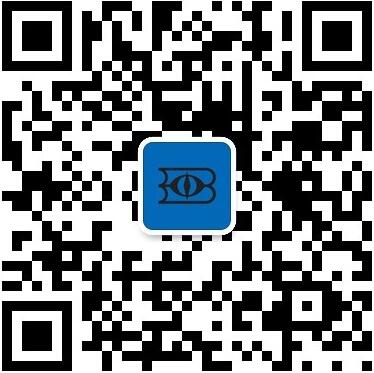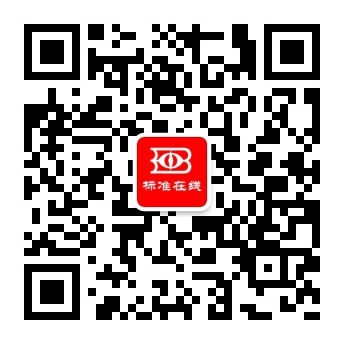【国外标准】 Standard Test Method for Acidity in Basic Chromium Tanning Liquors
本网站 发布时间:
2024-02-28
开通会员免费在线看70000余条国内标准,赠送文本下载次数,单本最低仅合13.3元!还可享标准出版进度查询、定制跟踪推送、标准查新等超多特权!
查看详情>>
适用范围:
4.1 The acidity of a chrome tanning liquor, as determined by this test method, is rarely employed as such. This result is normally combined with the results of a chromium analysis (see Test Method D3898) to determine a property of the liquor called basicity. This property, equal to the percentage by which anions in a normal chromic salt have been replaced by hydroxyl in the solution being analyzed, is closely related to the tanning behavior of the solution.1.1 This test method covers the determination of the titratable acidity of chromium tanning liquors. By titratable acidity is meant not only free acidity, which is rarely present, but also anions combined with weakly basic cations such as Chromium (III), which can be titrated with base at the phenolphthalein end point.1.2 The values stated in SI units are to be regarded as standard. No other units of measurement are included in this standard.1.3 This standard does not purport to address all of the safety concerns, if any, associated with its use. It is the responsibility of the user of this standard to establish appropriate safety, health, and environmental practices and determine the applicability of regulatory limitations prior to use.1.4 This international standard was developed in accordance with internationally recognized principles on standardization established in the Decision on Principles for the Development of International Standards, Guides and Recommendations issued by the World Trade Organization Technical Barriers to Trade (TBT) Committee.
标准号:
ASTM D3913-03(2020)e1
标准名称:
Standard Test Method for Acidity in Basic Chromium Tanning Liquors
英文名称:
Standard Test Method for Acidity in Basic Chromium Tanning Liquors标准状态:
Active-
发布日期:
-
实施日期:
出版语种:
- 推荐标准
- AS/NZS 1338.1:1992/Amdt 1:1994 Filters for eye protectors - Filters for protection against radiation generated in welding and allied operations
- AS/NZS 13818.1 Supp 1:1999 Information technology - Generic coding of moving pictures and associated audio information Systems - Registration procedures (Supplement to AS/NZS 13818.1:1997)
- AS/NZS 13818.2 Supp 1:1999 Information technology - Generic coding of moving pictures and associated audio information Video - Registration of copyright identifiers (Supplement to AS/NZS 13818.2:1997)
- AS/NZS 1429.1:2000/Amdt 1:2002 Electric cables - Polymeric insulated For working voltages 1.9/3.3 (3.6) kV up to and including 19/33 (36) kV
- AS/NZS 1554.1:1995/Amdt 1:1998 Structural steel welding - Welding of steel structures
- AS/NZS 1554.3:2002/Amdt 1:2003 Structural steel welding Welding of reinforcing steel
- AS/NZS 1595:1998 (R2016)/Amdt 1:2014 Cold-rolled, unalloyed, steel sheet and strip
- AS/NZS 1660.2.1:1998 (R2017)/Amdt 1:2001 Test methods for electric cables, cords and conductors - Insulation, extruded semi-conductive screens and non-metallic sheaths - Methods for general application
- AS/NZS 1660.2.4:1998 (R2017)/Amdt 1:2001 Test methods for electric cables, cords and conductors - Insulation, extruded semi-conductive screens and non-metallic sheaths - Methods specific to polyethylene and polypropylene materials
- AS/NZS 1660.2.5:1998 (R2017)/Amdt 1:2001 Test methods for electric cables, cords and conductors - Insulation, extruded semi-conductive screens and non-metallic sheaths - Methods specific to cables above 1 kV
- AS/NZS 1660.5.6:1998/Amdt 1:2001 Test methods for electric cables, cords and conductors - Fire tests - Test for combustion propagation
- AS/NZS 1664.1 Supp 1:1997/Amdt 1:1999 Aluminium structures - Limit state design - Commentary (Supplement to AS/NZS 1664.1:1997)
- AS/NZS 1664.1:1997/Amdt 1:1999 Aluminium structures - Limit state design (Reconfirmed 2020)
- AS/NZS 1664.2 Supp 1:1997/Amdt 1:1999 Aluminium structures - Allowable stress design - Commentary (Supplement to AS/NZS 1664.2:1997) (Reconfirmed 2020)
- AS/NZS 1664.2:1997/Amdt 1:1999 Aluminium structures - Allowable stress design (Reconfirmed 2020)
 购物车
购物车 400-168-0010
400-168-0010













